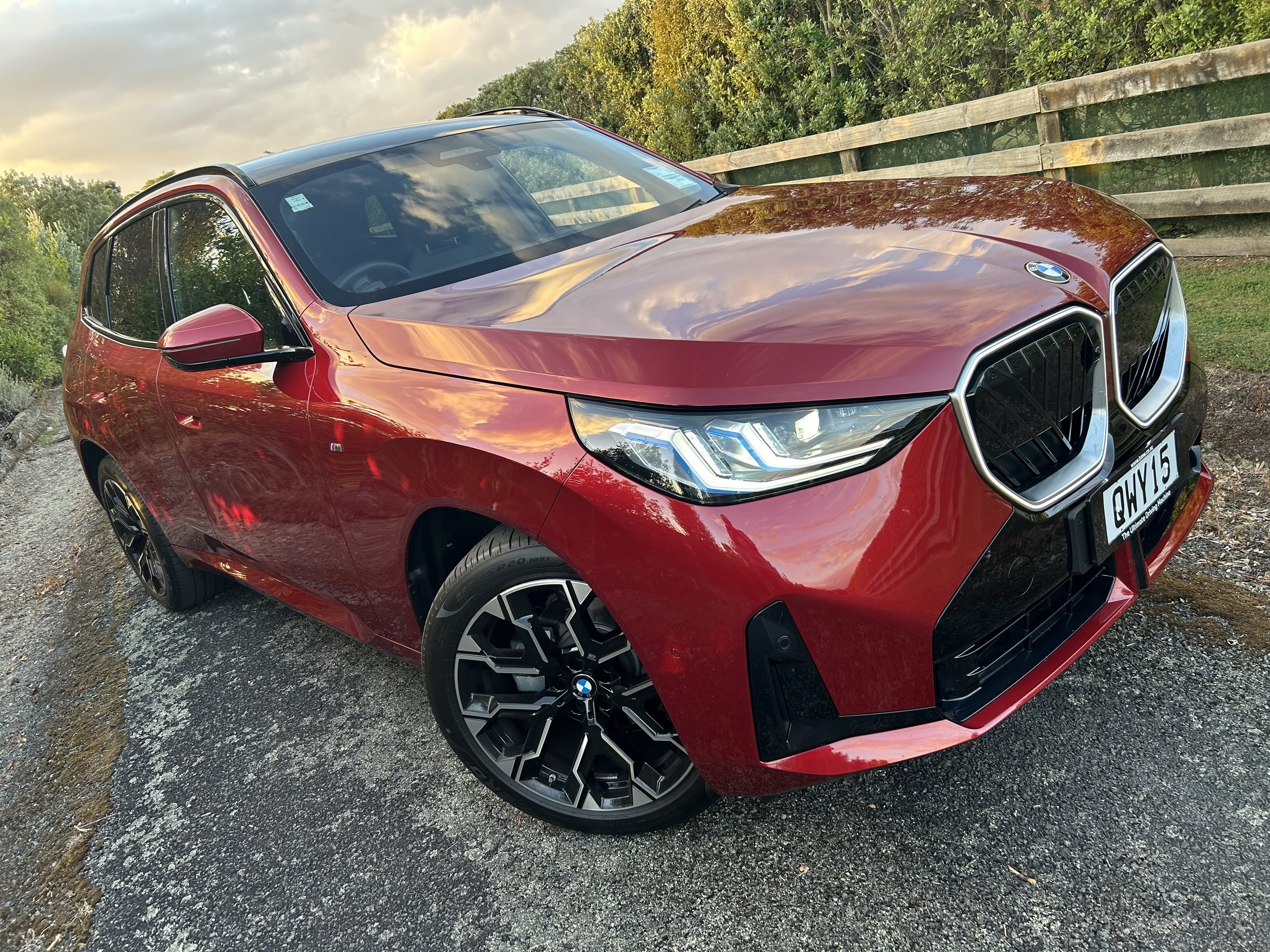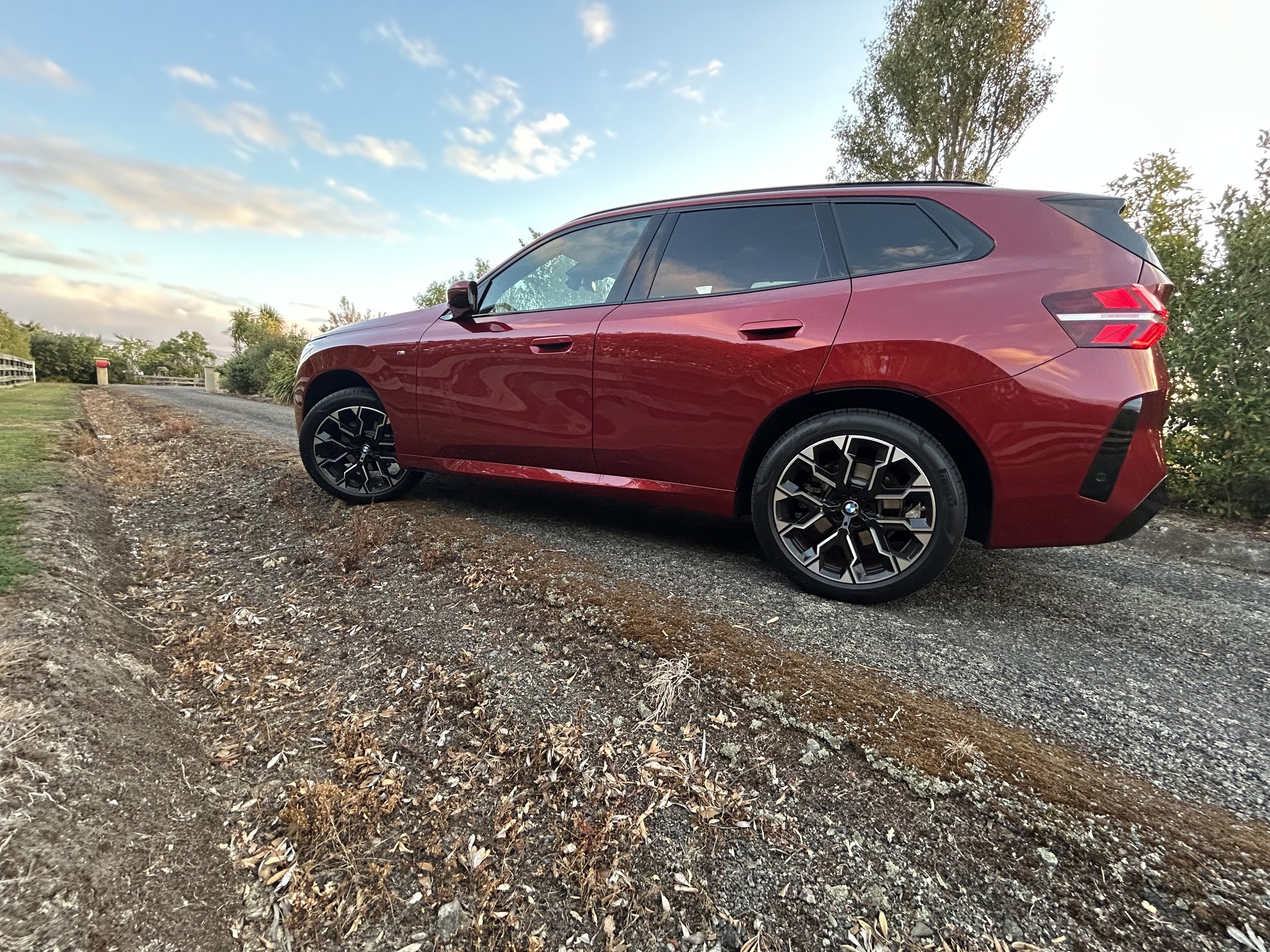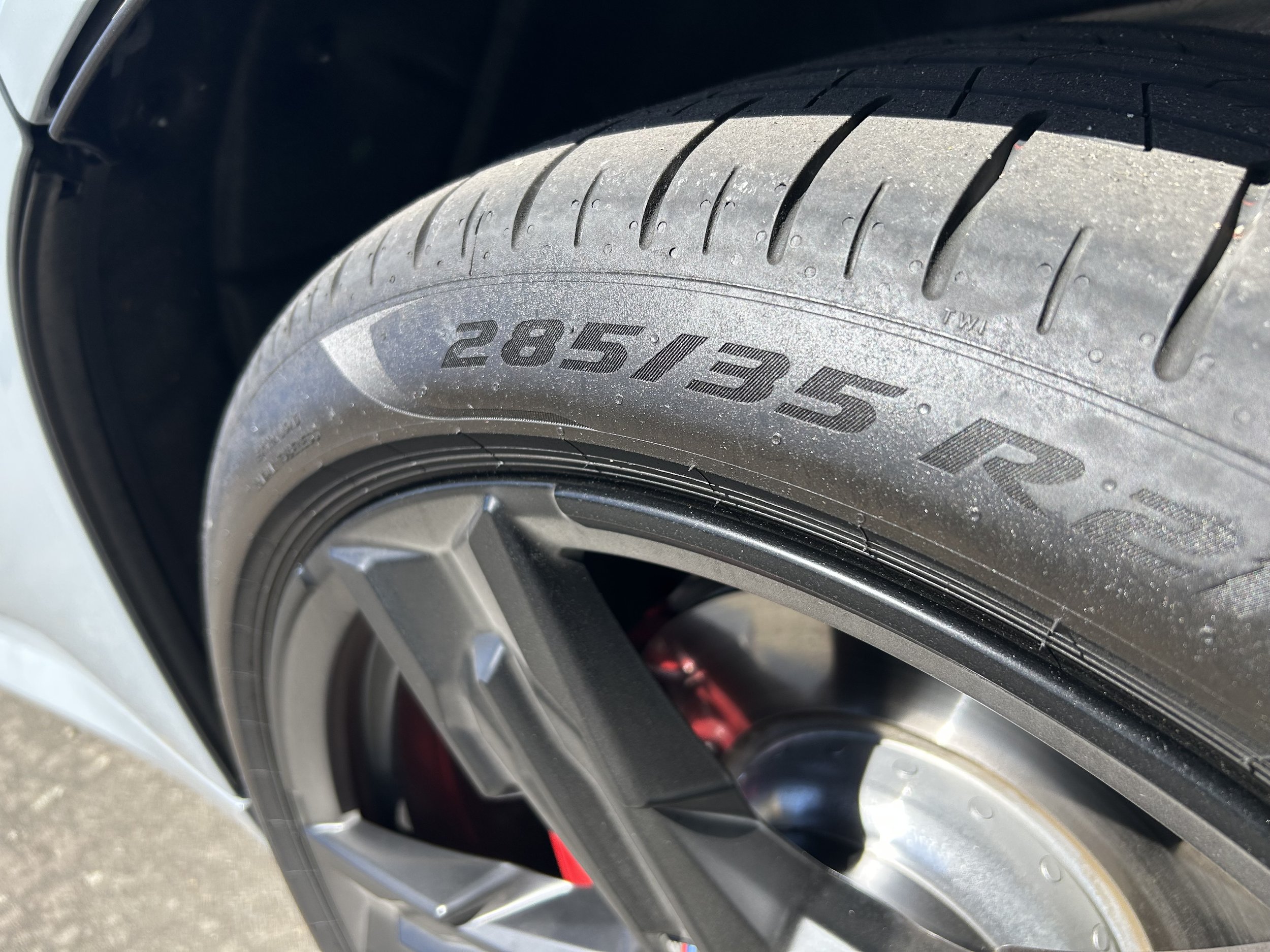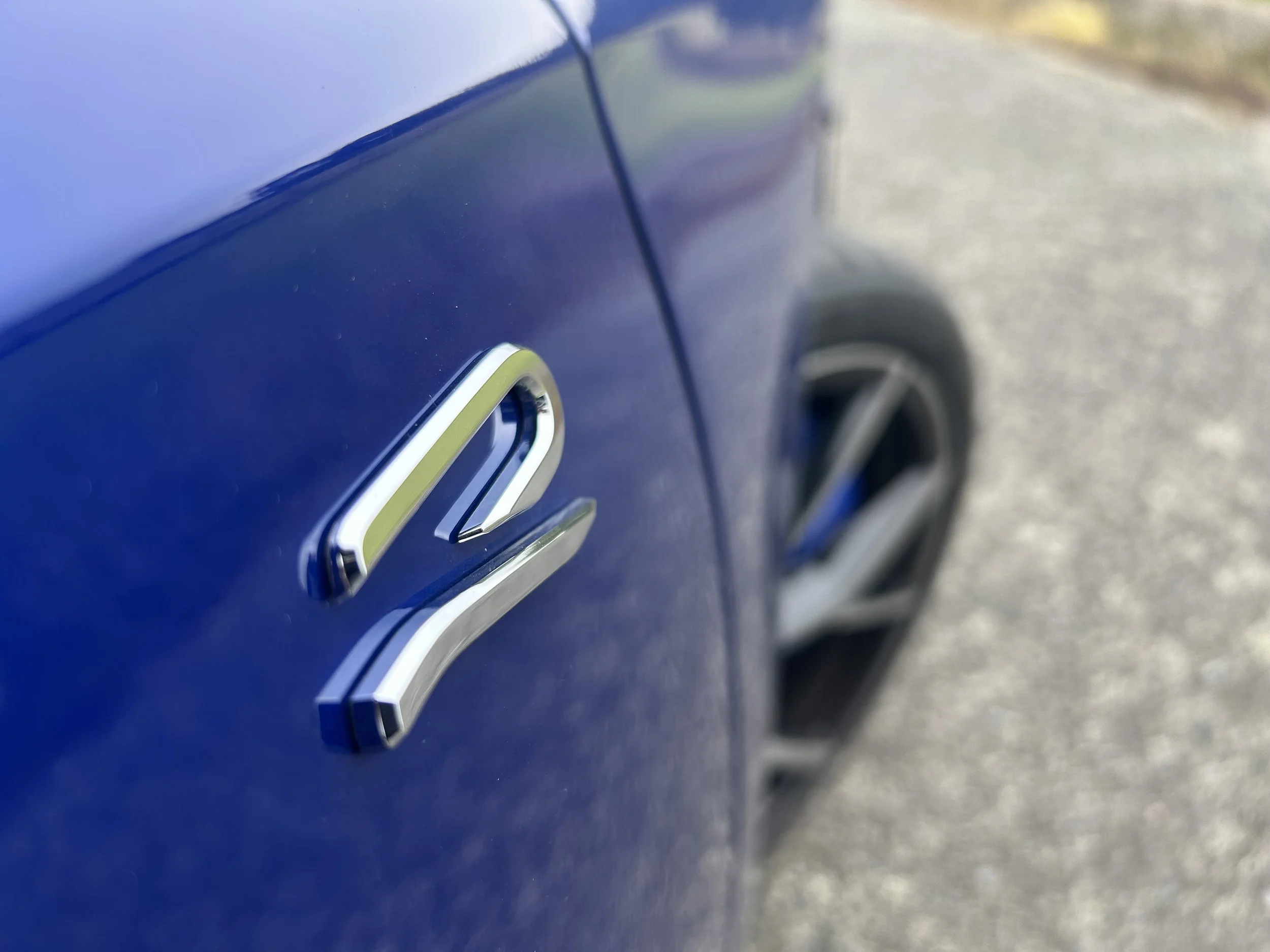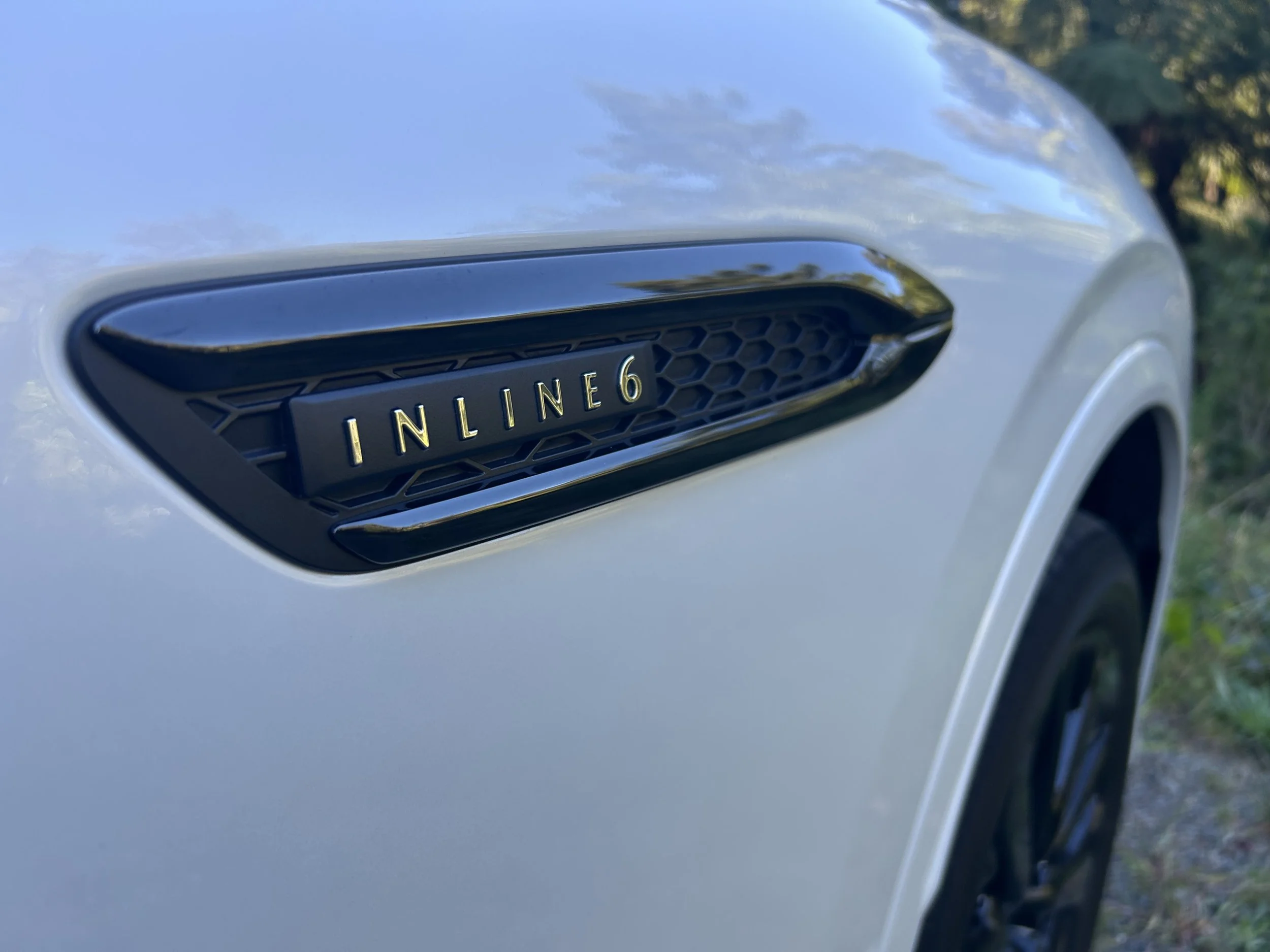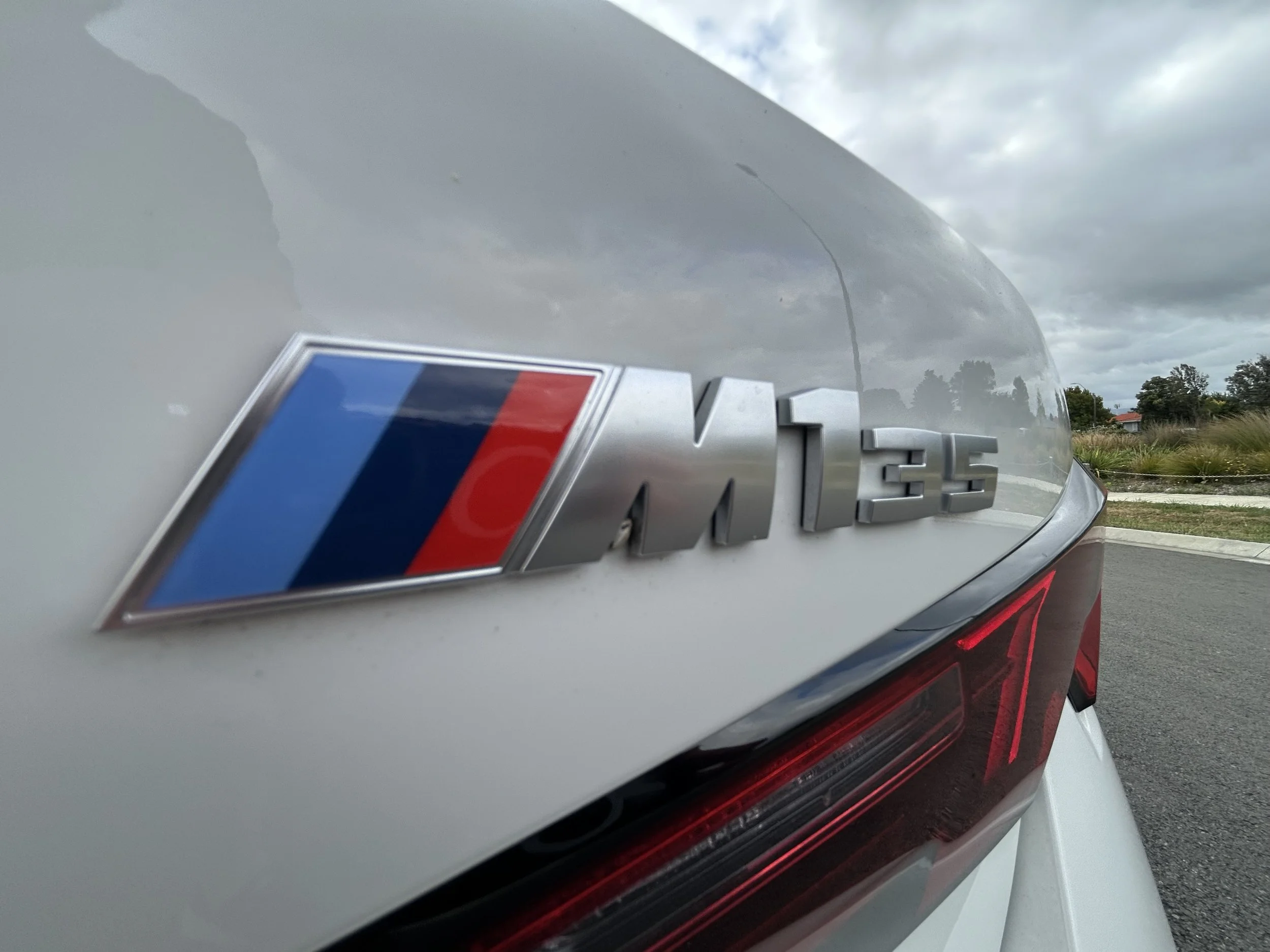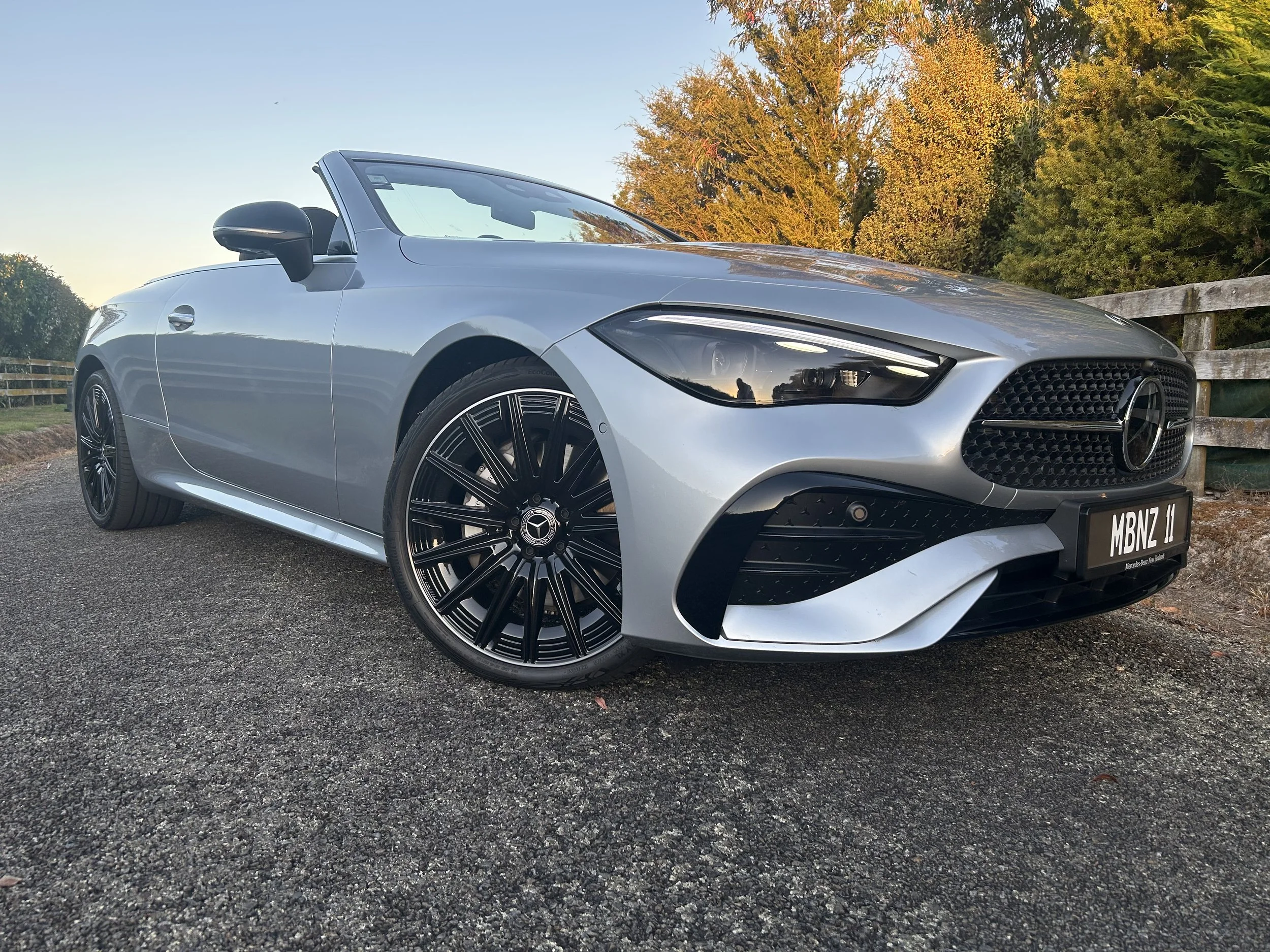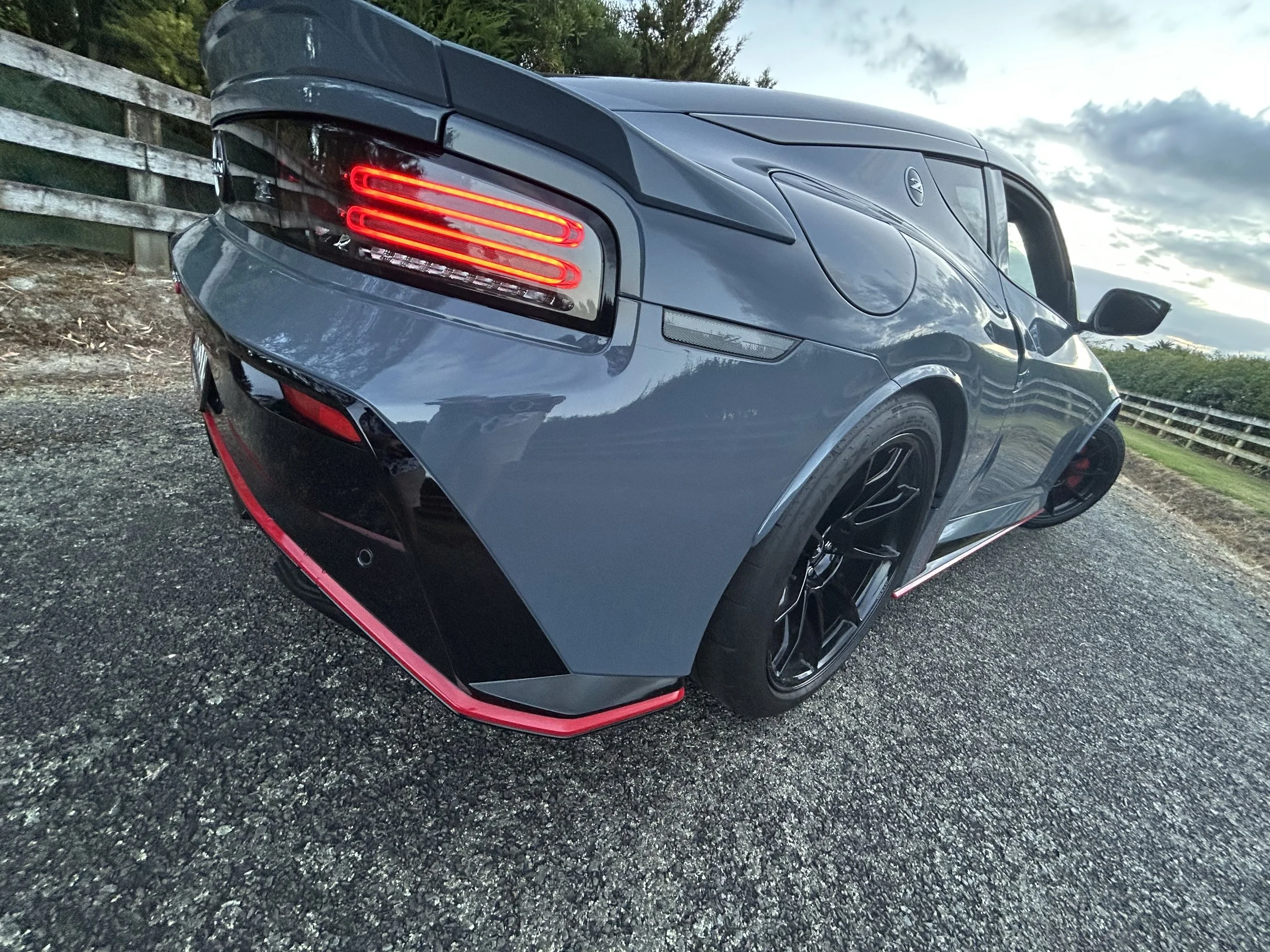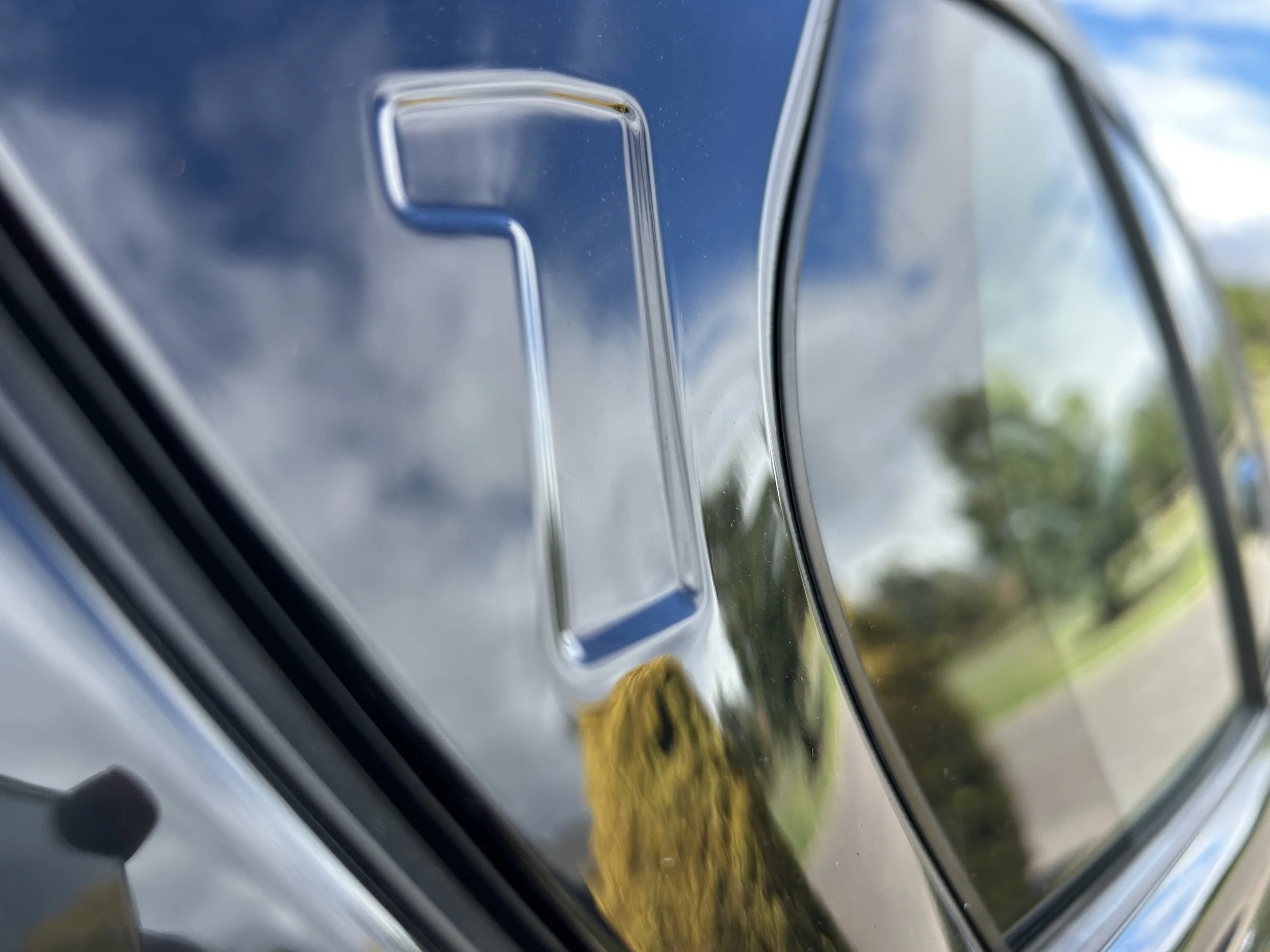BMW X3 20d and M50 road test review: Still hitting the spot
/The car that leads BMW’s premium sports utility vehicle pitch has gained more tech, but remains fundamentally as before: A classy, well-sorted choice.
How much (as tested with options): 20d $124,500/ M50 $154,700.
Powertrains: 1998cc four-cylinder turbodiesel, 145kW/400Nm; 2998cc six-cylinder turbo petrol, 293kW/580Nm. Eight speed automatic, all-wheel-drive.
How big: 4755mm long; 1920mm wide; 1660mm tall.
We like: Teeming with useful tech; genuine driver engagement; reminds there’s still life in well-sorted powertrains.
Not so much: Quirky air vent adjusters; cannot tow yet; grille design will always polarise.
EVERY brand has a vitally important model; one whose success brings in the bucks that go toward the cost of developing other products that are important, but less universal in their appeal.
For BMW, primary family earning potential has long laid with the ‘Three’. But no longer the one that started the number’s game. The 3-Series passenger car line is almost an irrelevance now, more’s the pity - it’s been such a legend for such a long time.
Yet tastes have changed. While we all like this size of car, today global enthusiasm has definitely turned toward passenger product in a sports utility setting. Accordingly, it’s now the X3 that is the cornerstone car for the German manufacturer.
In the 20 years since it launched in 2003, more than 3.5 million have found homes across the globe and, for the past two years, has been BMW's best-selling model worldwide.
The pressure of getting this fourth-generation car, codenamed ‘G45’, just right is doubtless high, though at least there’ been one relief. In the previous X3 family, there was an electric iX3. In this one, there is not. Products have 48 volt assistance and there’s a plug-in hybrid, but the family won’t have a fully electric edition.
Because BMW is pulling out of the electric-sphere? No, that’s just internet troll talk. BMW is Europe’s leading producer of electric-influenced cars and though the recent slump has forced it (along with everyone else) to rethink some release timings, the Big Plan to drop away from fossil fuels still holds.
In respect to this segment, a production version of a concept called the Vision Neue Klasse X is something to take note of. It’s the next X3 electric, but more in sentiment than anything else. It might not even have an X3 badge as it isn’t really related; including not having the CLAR underpinning used by the X3 models featured today.
Which are? Family bookends, really, if just for now rather than permanently. Ultimately there will be a full-on X3 M later down the line.
At the moment, though, the entry choice is the X2 20d, with a four-cylinder 2.0-litre diesel, and the X3 M50, the sole six-cylinder choice, with a developed version of the familiar inline turbocharged petrol 3.0-litre. So, wholly pump-addicted for action.
Different characters, differ cash points, different cachet. But quite a lot in common, nonetheless. Technically, both run an eight-speed torque-converter automatic transmission and xDrive all-wheel drive, both run the same infotainment software, both offer genuine room for five, with both the boot is generously sized.
Might one be mistaken for the other under kerbside scrutiny?
Probably not and, in any event, the bigger issue is good chance the X3 might be mistaken for its big brother.
BMW’s ‘small’ SUV has progressively grown up over the years, but in becoming a slightly lower, wider and longer car, this X3 is the size of an original X5. Don’t be surprised if some people need to take a second glance at the boot badge.
Alos, while BMW hasn’t electric in the range, that tech is clearly on its mind. Styling-wise, it is on familiar ground; not too much messing with the template here, yet the language is straight from the iX playbook.
The new silhouette is supposedly a bit sportier, but reality is you need the M50 with its extrovert enhancements to really express that aspect.
Angularity is strongly evident, but that has long been an ‘X’ thing. So too a big grille; taller than the last, this one cannot ever be missed, not even at night when the kidneys lit up with ‘Iconic Glow’ contour lighting as soon as the doors are unlocked. Subtle it is not. There are new lights at the front and rear. It’s seems likely to split opinion (nothing new there) but is unashamedly a BMW but in unquestionably modern and has the presence of an upmarket urban sports utility vehicle.
Colour choice likely influences how you feel about the car’s substance; totally a trick of the eye, I know, but somehow the diesel just seemed a bit slimmer in Fire Red than the M50 came across in Brooklyn Grey.
Still, either way, it’s going large and solid and has a weightier look - which isn’t an illusion, as this X3 is heavier than the last.
Chance of something so bulky and blocky being called svelte seems slim, yet it is more aerodynamic than the old one, with a drag coefficient of 0.27 outplaying the old car's 0.29 figure.
This has been achieved through the use of active air vents at the front, which only open as pace rises. A flatter under tray, an 'aero-blade' on the D-pillar and aerodynamically optimised alloys, ranging in size from 19s on the diesel to 21 inches for this M50 also do their part. The top model also has 'Air Curtains' leading into the front wheel arches.
More aggressive bumpers, quad exhaust pipes and M Sport brakes with red callipers are M50 pure treats, and it also takes all the expected interior upgrades.
Honouring what M is all about rather than likelihood of this ever being race ragged on a circuit demands it takes motorsport-derived features of sports seats and a sports steering wheel with a red dead-ahead marker on the rim. You also achieve lightweight, textured gear shift paddles behind that wheel in place of the plastic ones in the diesel.
The M treatment certainly enhances the car’s on-road feel, but bear in mind the X3 has always been one of the most fun cars to drive in the mid-size SUV class. The fact it’s based on similar building blocks to the 3- and 5-Series does no harm.
Before getting into that, it’s obvious that the biggest benefit for anyone going for the $30k more expensive M50 is achieving a car with potential to get to where it needs to be with much greater haste.
With there’s a nice element of muscularity to this diesel, its delivering 148kW and 180Nm less than the straight six, and that shows in 0-100kmh times of 7.7 seconds from burning the black stuff versus 4.6 for the petrol.
While the six cylinder has a 48-volt mild-hybrid system, contention that it is in the main little more than a glorified stop-start system to help the engine out seems valid.
It’s not an outright guzzler, yet there’s greater potential for seeing something close to the 6.5 litres per 100km manufacturer-cited optimal from that fuel than there is of achieving the petrol’s 8.3L/100km. Both test cars turned up with a full tank, but you can surely guess which one represented potential to cover more than 1000 kilometres before needing a refill?
As much as internal combustion engines are fast becoming yesterday’s thing, the X3 experience reminds why it will be hard to see these two powerplants shelved.
They both have wonderful reputations. The diesel is one of the quieter and smoother kinds in this business; it’s always been a great accomplice.
Those who can stomach the M50’s greater thirst - which isn’t too bad, all things considered - will find the straight six even better than it’s previously been. An epitome of quiet refinement and silky smoothness when driven with consideration to speed limits, it is also now tuned to be most powerful straight-six petrol engine yet in an M Performance model. That translates to serious fire when that twin scroll turbocharger comes into life. There’s enough mumbo to surprise sports cars.
Noise regulations have taken away some of its character, yet it’s still up to producing a sweet little snarl when you really push it; just be aware some of that engine note soundtrack is arriving via the speakers. It wasn’t tried, but the car leaves impression it will be untroubled reaching its electronically limited top speed of 250kmh.
The performance edge is abetted by the transmission - you can run it is Drive and it feels faster, but selecting Sport or full manual really allows a much more intuitive involvement.
Beyond that, the drivetrain tech allows the car to work out exactly how much power should go to each axle, and though the difference in reactivity depends on what mode you run, it’s really sure-footed. With the M50, the extra little enhancement is the fitment of really good rubber; you wonder about their long-term integrity, but when Pirelli P-Zeroes are fitted, you know a brand is serious.
As much as it achieves the aim of increasing the dynamic capability noticeably, there’s the usual cost in respect to the comfort. You’ll love that it has better body control and slightly sharper steering, as well as more positive brakes and greater definition between the driving modes. But you won’t have to go far, especially on a lumpy secondary road, to find even the softest of the ride setting lacks the suppleness that is engineered into the X2 20d.
This more agreeable driving ambience, combined with its astounding range potential, is why the diesel is surely going to sell itself more easily to family users, who likely as not won’t be so keen to press on anyway, else they’ll cause upset to other occupants’.
It would be unfair to say the M50 is outright uncomfortable when you’re driving normally, but the combo of those big wheels, low-profile rubber and stiffer suspension is almost always felt. There’s more road road on coarse chip, but potential for it to feel imperfections. It’s also heard, with more road noise.
Given that Kiwis seem to find any BMW with an M badge irresistible, it’s hard to say if that side of things will impact the allure. But what I’d simply reinforce is that, in either guise, the X3 is intrinsically a good drive.
BMW says all variants have had much work done on their chassis componentry. Both the kinematics and the elastokinematics (that's bushes, primarily) of the axles and the front/rear subframes have been uprated, while the mounting points for the anti-roll bars are stiffer.
Both engines feel up to towing, and that would have been useful on test. However, that wasn’t an option. Though BMW now fits the auto fold-out factory kit as standard, it’s been deactivated until there’s a local fix to ensure compliance with the trailer chain hitch regulations.
Going off road is not beyond an X3, but taking it there was never seriously considered during test. There’s sense it’ll cope with more than you might expect it to, but there would be consequences, too. Dents and scratches look 100 times worse on a car of this calibre than they might on a more utilitarian product.
As much as the petrol was great for a morning’s blast, the diesel seems the smarter choice. It is a more laid-back experience, and not as refined. There are times when it sounds like a typical diesel when you put your foot down, but at lower speeds the mild-hybrid tech helps it glide around in a refined manner. Also appreciated is how the 48v electrification, in form of a 8kW/25Nm starter generator integrated into the belt drive, takes the jolt out of the stop-start.
But the diesel’s easy going nature that almost plays to the other strength of a more compliant secondary ride comfort that doesn’t seem to sacrifice body control in the corners. The steering has better weighting and feedback just off-centre, too. The track widths having increased also lends this generation with greater stability.
What’s also impressive is that it never feels like an unduly large vehicle. For all its width, it doesn’t feel like a lane hog and, for all its substance, it isn’t hulking.
Those enjoying the cabin will hardly be stressed about the spaciousness.
This is the one aspect where BMW cites same-ness with the previous car, but even so, and regardless of the transmission hump between the outer seating positions in the back, there lots of room for adults wherever they go. With the M50, the sense of extra space comes from it having the full-length Sky Lounge panoramic roof, a fixed-glass panel with an opaque screen that rolls back.
While the 570-litre cargo compartment isn’t quite class leading, and might be criticised for being a bit high, it provides plenty of space, with room for bags to be hidden out of sight and an under-floor space for more odds and ends.
The driving environment is very car-like; you sit reasonably low, both types delivering very different look but similarly comfortable and widely adjustable seats and visibility from the driver’s seat is as you’d expect.
There’s a good range of adjustment at the wheel (manual in the diesel, electric in the M50) and seat (powered in both) while forward vision is decent too. What you cannot easily see is covered by blind spot alerts and a competent surround view camera is standard. Find it hard to park and manoeuvre in tight spaces? The X3 has you covered with its parking assistant, including the reversing genie to get you out of tricky situations.
Regardless that the diesel’s seats are covered in an admittedly plausible fake leather, whereas the M50 gets real cow, and despite some materials being of higher quality than others, impression of the X3 being a premium product is never in doubt and it feels robust, too.
Every edition gets adaptive LED headlights, wireless smartphone connectivity, 12.3-inch digital instrument cluster, three-zone climate control, wireless phone charging, powered tailgate and power-adjustable heated front seats.
The M50 has more kit than the diesel, which came for test better-trimmed than standard, having received enhancement and comfort packs (as well as metallic paint and a tow bar) that altogether added $14,600 to the sticker, whereas the only cost plus features for the six-cylinder were a tow bar (usual $2600) and a $1200 knitted textile instrument panel finish (as you do).
You’ll want head up display, standard just to M50, and presumably whenever real leather is around, it’ll be selected (though the diesel’s manmade alternate is very convincing). In respect to driver assistance features, the cheaper is on equal footing for the most relevant ingredients.
Standard is a digital instrument display and the central touchscreen combined in one wide, curved housing across the minimalist, almost button-free dashboard and using ‘Operating System 9’ technology, which means it has crisp displays and a rapid processor, which it needs. In addition to dealing with the normal navigation and media displays, it also controls the heating and ventilation technology, the safety systems and the driving modes.
Consolidating all those functions into one screen is a heck of a feat and its busy, with sub-menus behind the main displays containing so many entry points that even when broken down into specific categories (infotainment for instance) you’re still scrolling. Sometimes need to adventure through three levels to access certain features.
While everything is haptic, and some functions are voice controlled, BMW having retained the iDrive rotary controller on the centre console is hugely prudent. This makes it easier to navigate the screens without having to look at them.
In real ownership, you’d be well advised to sort out the configuration options so you can set it up just how you want it. You would also want to personalise the car up on the ‘My BMW’ phone app, even if its just to tick off the fundamental operabilities.
The other touch point element that will take a bit of learning is the one running the air vents nearest each door. There are touch pads integrated into the doors themselves; an interesting idea, but perhaps an unnecessarily flamboyance. The air vents themselves are still fiddly and the fans are noisy on anything above the lowest setting.
How many cars have cupholders into which your travel cups won’t quite fit? Not the BMW. Even though it is built in America, it hasn’t gone ‘super slurpy’ stupid on receptacle sizes, but the two holders ahead of the shifter, which is much like that in an iX, are perfect for the cup my wife prefers. At last. Less chance of spillage is good, because right beside this is wireless charging pad (which has a cooling function to ensure your phone won’t overheat) and a couple of USB-C ports.
The technology provision also runs to extreme effort to keep it unblemished. Two forward-facing cameras mounted up near its interior mirror are respectively for augmented-reality (AR) projection and object detection. It also has a long-range radar at the front with a range of 300 metres, while pairs of shorter-range radar sensors are mounted front and rear, to deal with any field-of-vision blank spots. There's a full surround-view camera system as well, plus multiple sensors for the parking systems.
The latest X3 is an impressive product; the M50 is a very pleasing car, though if pragmatism is driving your decision-making, then it’s hard to see why the buck shouldn’t just stop at the diesel. The oiler is a less riveting driving experience when pushed, perhaps, yet it does a fine job all the same.
Just one other thought. Should consideration of both be stowed until we get a complete handle on what’s happening with the electric plan? That’s the thing about the time we’re in right now.
In a way, how you think about the X3 in this exact moment is almost secondary to how much certainty you have about where the automotive scene, driver tastes and fuel choice potentials and pricing will be over the next five, maybe 10, years. But if you were buying for the ‘now’ right now, these are wholly worthy of consideration.

